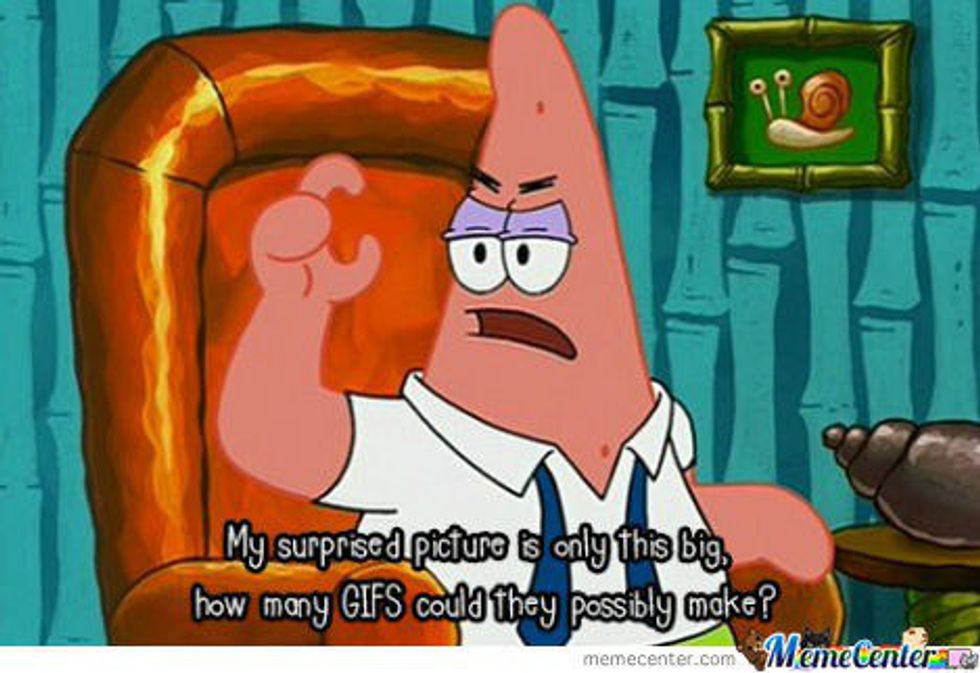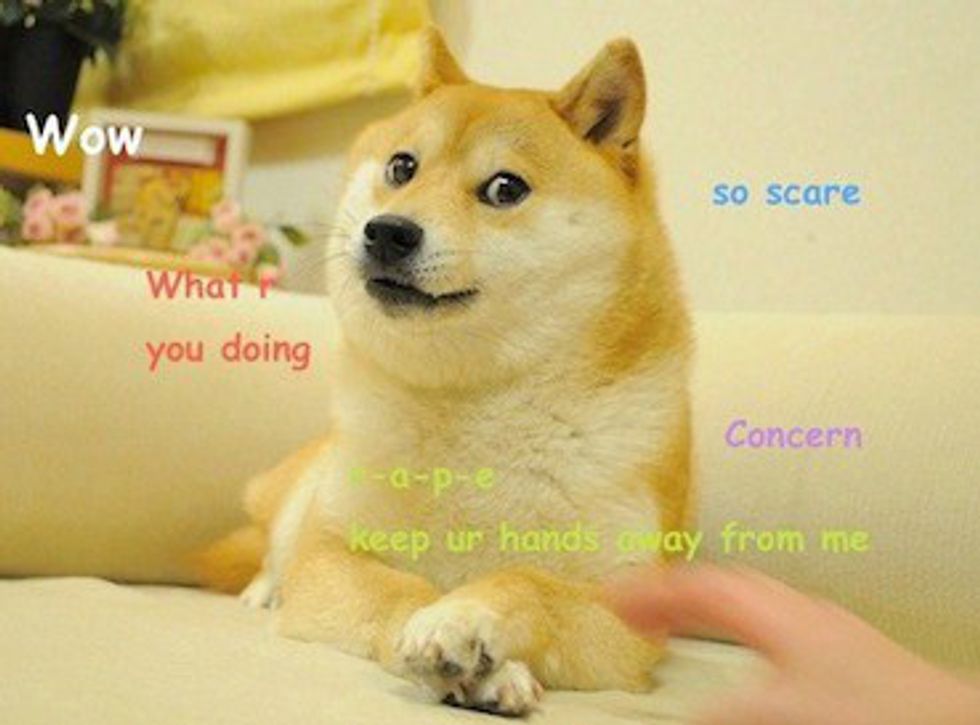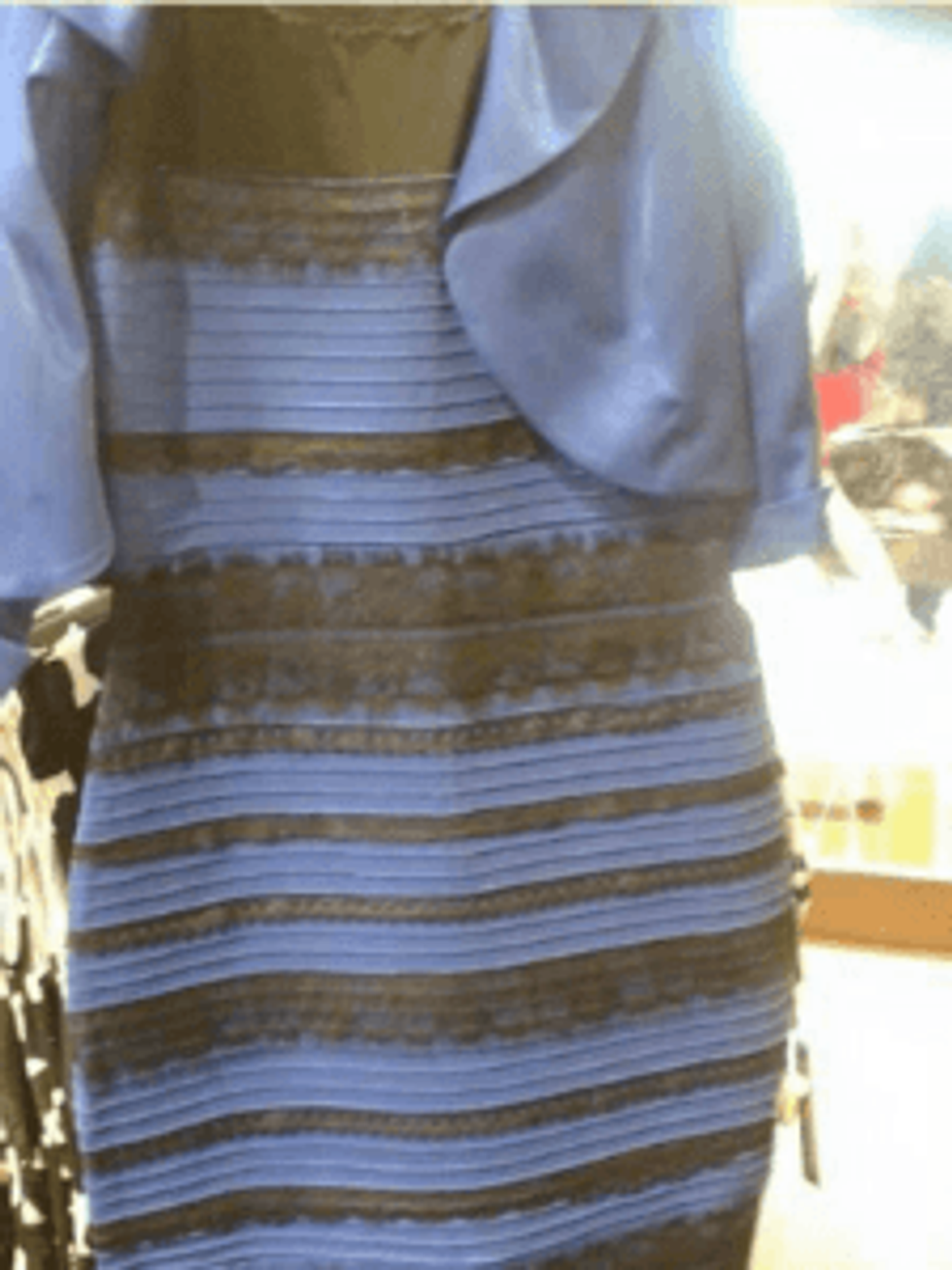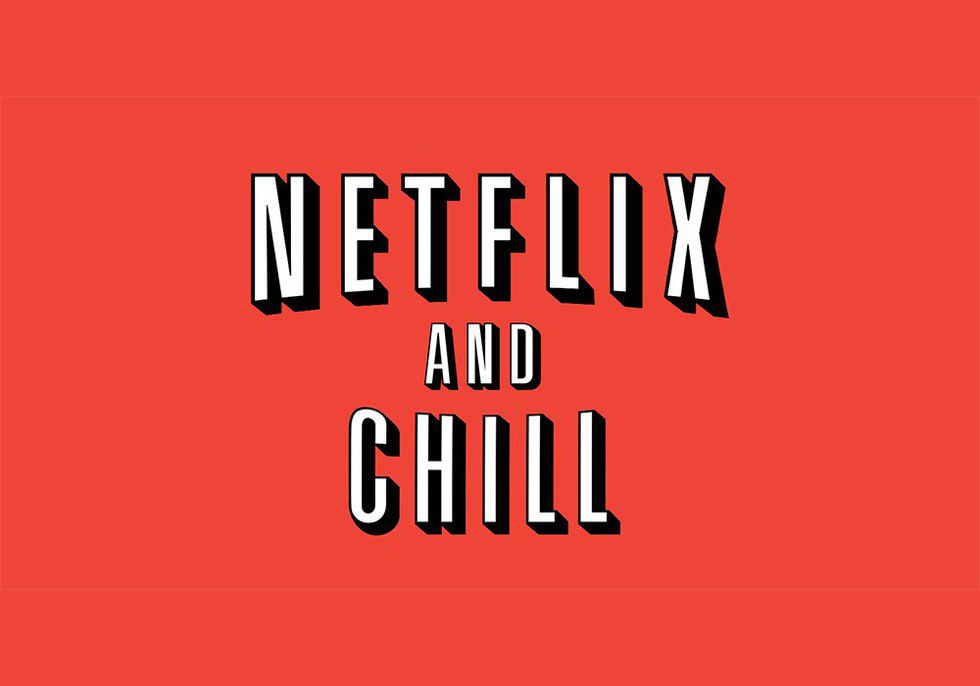From Shia LaBeouf to Shiba Inus, memes seem to have become an integral part of our way of communicating. But what exactly is a meme, you may ask? It is defined as a cultural item in the form of an image, video, phrase etc., normally transmitted by repetition and replication, that is spread via the Internet and often altered in a creative or humorous way.
Still confused? Perhaps you've seen some variation of this "Doge" meme surfacing on your social media platforms. This is the Internet, kids.
But the concept of memes goes so much further than a humorous image. Don't get me wrong, I love a good laugh, but memes reveal a whole new wave of communication that no other generation has ever witnessed. We can use these memes to communicate globally across all sorts of societies and ethnic regions. We break cultural boundaries and instead form one cohesive media culture. Even so, it seems at times we only use memes to prolong some issues that exist in our society.
With that said, I am going to lay out some of the ways we use memes to influence our communication as well as the way memes seem to shape the constructs of our socializing.
1. Drawing Attention to the Meaningless
We all remember "The Dress." This was a meme which surfaced in early February of 2015 that caused heated debate over whether the color of the dress was black and blue or white and gold (obviously it's black and gold). Whether or not the topic was of any importance, it brought people from all over the world to into the conversation. It allowed us to use social media to spark an international debate which attracted the attention of not only celebrity talk-show hosts like Ellen Degeneres but also major news outlets such as The Washington Post. However, this is a reoccurring phenomenon.
It seems memes' popularity skyrocket so quickly over something as meaningless as a dress or a boy in white Vans and draw our focus as a society away from more important issues. It just seems that the constructs of our socializing tend to centralize itself around more harmless issues, just presenting a result of the functions of memes.
2. Coining New Terms
We all have heard the term "Netflix and Chill," and we know what it's alluding to (wink, wink), but how often do we think about how this one term has shaped the way we communicate? How often has this term come into the conversation? It's almost comical at how memes can so easily change our dialect.
And it's not just "Netflix and Chill" that came out of nowhere and became a part of how we talk. There are also other phrases such as "bae" or "twerking" that find their way into our speech and leave us nearly confused as to how these strange words became the vernacular. Either way, it seems notable that memes, with their popular influence, have a way of reconstructing our very own communication tactics and conversational patterns.
3. Out with the Old and in with the New

Overall, I love memes. My point is not to bash memes or what they bring to the internet, but rather to point out some interesting points regarding how media-- memes being a large part of that in our social media world today-- shape our social constructs and our means of communication. But by all memes (heh, heh), continue to participate in all the good fun that are memes!











 The minimum wage is not a living wage.
StableDiffusion
The minimum wage is not a living wage.
StableDiffusion
 influential nations
StableDiffusion
influential nations
StableDiffusion











